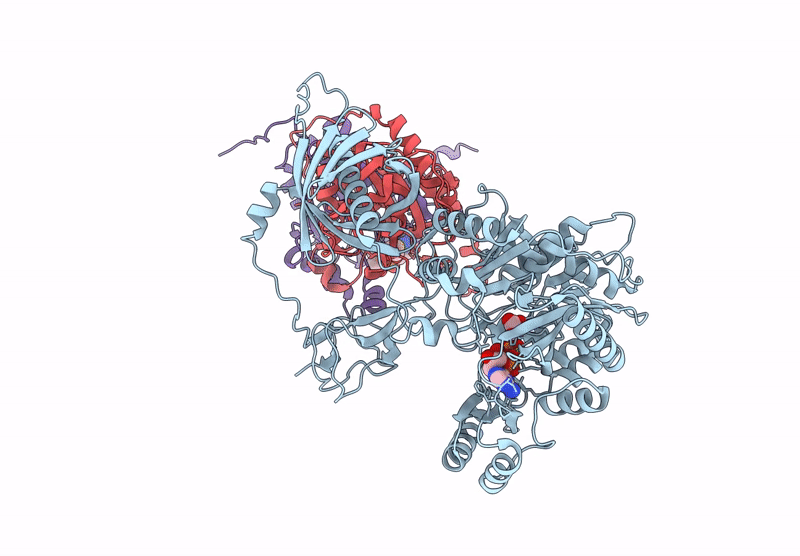
Deposition Date
2024-06-11
Release Date
2025-11-19
Last Version Date
2025-11-19
Method Details:
Experimental Method:
Resolution:
2.93 Å
Aggregation State:
PARTICLE
Reconstruction Method:
SINGLE PARTICLE


